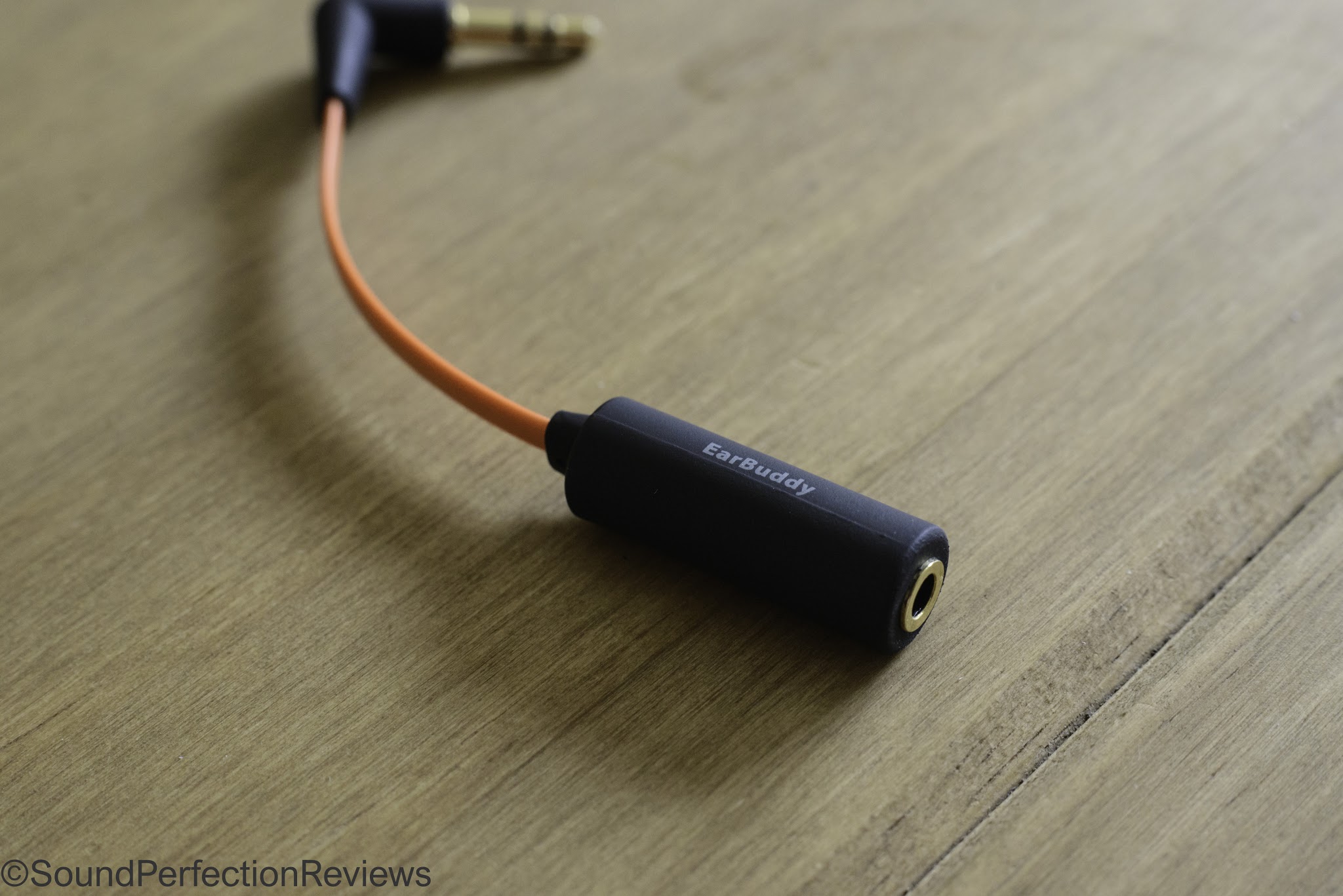Firstly I would like to thank iFi Audio for sending me the Earbuddy to review.
*disclaimer: This sample was provided for the purpose of writing a review, no incentive was given to write a favourable review. All opinions expressed are my own subjective findings.
Gear Used:
Topping D30 > Feliks Audio Espressivo MKII > Earbuddy > HiFiMan RE2000
Keces S3 > Earbuddy > Custom Art FIBAE 3

Tech Specs:
https://ifi-audio.com/portfolio-view/ear-buddy/
Packaging and Build Quality:
The Earbuddy comes in a plastic box, inside the box is bright orange foam that has spikes like acoustic dampening foam would have. The colour scheme definitely stands out, but it is quite a box box for such a small item. Inside the box you’ll find the Earbuddy, along with a clamshell carry case and a pair of earplugs. On the back of the box you’ll find info about the Earbuddy, and what it aims to do.
The Earbuddy is well built, the sockets are tight but there is little strain relief. The cable section is flat cable and feels like it will last well with some care.
What it does:
The Ear Buddy® gets rid of annoying hisses and buzzes and allows you to turn up your digital volume to a higher level to improve resolution and quality without making you deaf!
It does a lot more, which you can read on the iFi Product page

In Use:
The main reason I wanted the Earbuddy was to get enough volume pot control without channel imbalance with my more powerful headphone amps, and to see if it would fix the buzz I get when using IEM’s with my Keces S3 amp.
And you know what, the Earbuddy solved all my issues, I get much better volume control with IEM’s when using the Keces S3, it also allows me to get good results with lower impedance headphones on my Feliks Audio Espressivo MKII tube amp.
The Earbuddy is also primarily designed to allow you to use higher volumes out of portable sources, iFi state:
“Technical example:
All smart devices use a digital volume control. The very nature of digital volume controls means that at normal 50% listening levels, the actual resolution is 14-Bits instead of 16-Bits!
If a source has (say) 114dB dynamic range and the Headphone is 30dB too loud, once the volume has been turned down 30dB the dynamic range is reduced to 84dB, or below CD quality, from what is an excellent result for a high-solution source.”
The Earbuddy in my opinion hasn’t affected the sound quality of my IEMs, it offers clean attenuation for when you want to use sensitive headphones with high powered sources. If there was one issue with the Earbuddy, it is that the output impedance is < 2.7Ohms, this means the minimum impedance headphones to be used is 12.5Ohms. This is only an issue with a few select IEM’s, and not an issue I have come across.

Conclusion:
The Earbuddy works, plain and simple. It allows me to use sensitive IEM’s with powerful headphone amps, it will also allow people to use higher volumes out of their phones and thus increasing the dynamic range and sound quality. It’s a well thought-out little adaptor, and one that you cannot go wrong with for £20.

